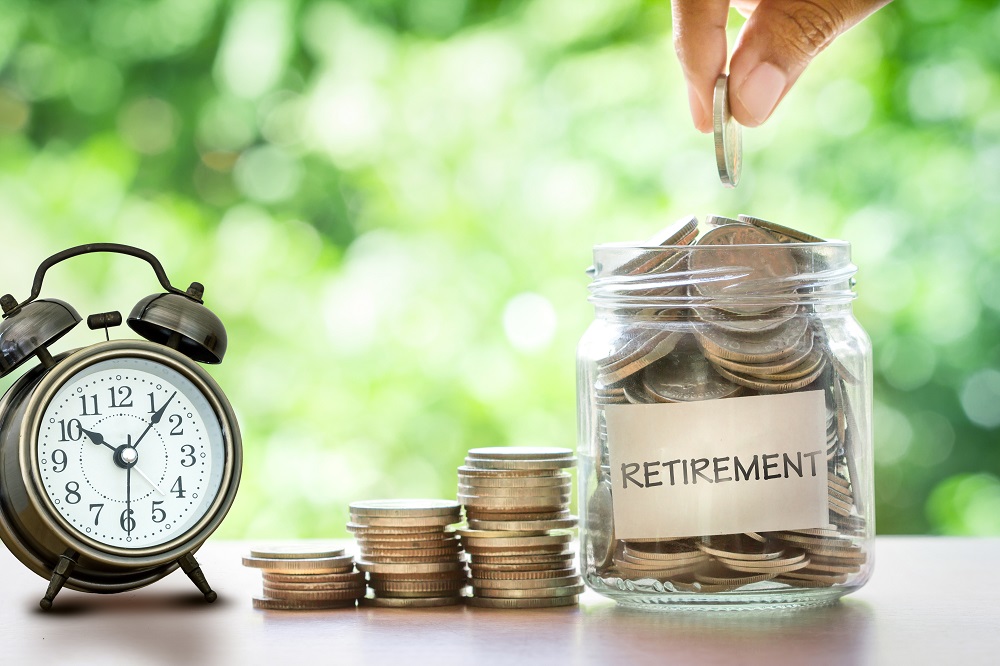What Happens to Your Car in Chapter 13 Bankruptcy?
Whether you own a car, a truck or a motorcycle, you will obviously want to know how they will be impacted in Chapter 13 bankruptcy proceedings. The differences between Chapter 7 (liquidation) and Chapter 13 bankruptcies are significant. These differences extend to the fate of vehicles. So, do you get to keep your car in Chapter 13 bankruptcy?
Do You Get to Keep Your Car in Chapter 13 Bankruptcy?
Chapter 7 bankruptcies are known as liquidation proceedings. This means that nonexempt property will be liquidated for the purpose of paying back creditors. Chapter 13 bankruptcies are different. Liquidation usually doesn’t occur and the debtor agrees to pay a certain amount back to creditors every single month. The repayment plan lasts for a period ranging from three to five years.
Generally, vehicles are not liquidated in Arizona Chapter 13 bankruptcy proceedings.
Your motor vehicle equity, however, could play a role in determining the monthly installments.
The rule followed in Chapter 13 bankruptcies is that the debtor has to pay back an amount that is equal to their non-exempt property. Having more than one vehicle will increase the non-exempt property and as a result, the credit payments will increase.
Usually, most people do not have a lot of excess equity in their car. An automobile collection or several different vehicles may bump the monthly installments up.
When is it a Good Idea to Give Up the Car?
In some instances, it may be a good idea to get rid of the car.
If your car is worth less than the car loan, for example, you may want to walk away and allow the repossession of the vehicle. It’s a simple matter of mathematics. If you can’t make the calculations on your own, a talk with an experienced Arizona bankruptcy attorney will shed some light on the situation and the financial decision that will make the most sense.
Whenever a car is repossessed, the lender will sell the vehicle for a certain amount. The sale proceeds will be taken to cover the remaining credit. In the unlikely event of a specific sum being left over, you will be entitled to that amount.
 In most cases, however, the opposite is true. The amount acquired through the repossession and the sale of the car will not be sufficient to cover the outstanding credit debt. The amount that remains after the sum from the sale is applied is the one that you will now owe.
In most cases, however, the opposite is true. The amount acquired through the repossession and the sale of the car will not be sufficient to cover the outstanding credit debt. The amount that remains after the sum from the sale is applied is the one that you will now owe.
This sum is going to be included in your list of unsecured debt. Through the repayment plan, you will have to pay some of it but typically – not the entire amount.
Keep in mind that negotiating with the lender and attempting to sell the car on your own in such instances can produce much better results, especially if the car loan is significant. Car loan cramdowns are also possible in Chapter 13 proceedings. In the case of a cramdown, the value of the loan will be brought down to the actual value of the car. This is yet another option you should consider before allowing a repossession or moving forward with a vehicle sale.
Should You Keep or Should You Surrender the Car?
Chapter 13 bankruptcies offer a lot more flexibility than Chapter 7 proceedings. Property liquidation does not take place, which is a good thing. You, on the other hand, will be left with several important decisions.
The value of your car, whether it is included in the exempt property and your car loan debt will all be taken in consideration when determining if keeping a vehicle is the smart thing to do. In many instances, surrendering the car will make a lot of sense in Chapter 13 proceedings. If you don’t want to let go, however, you don’t really have to.





